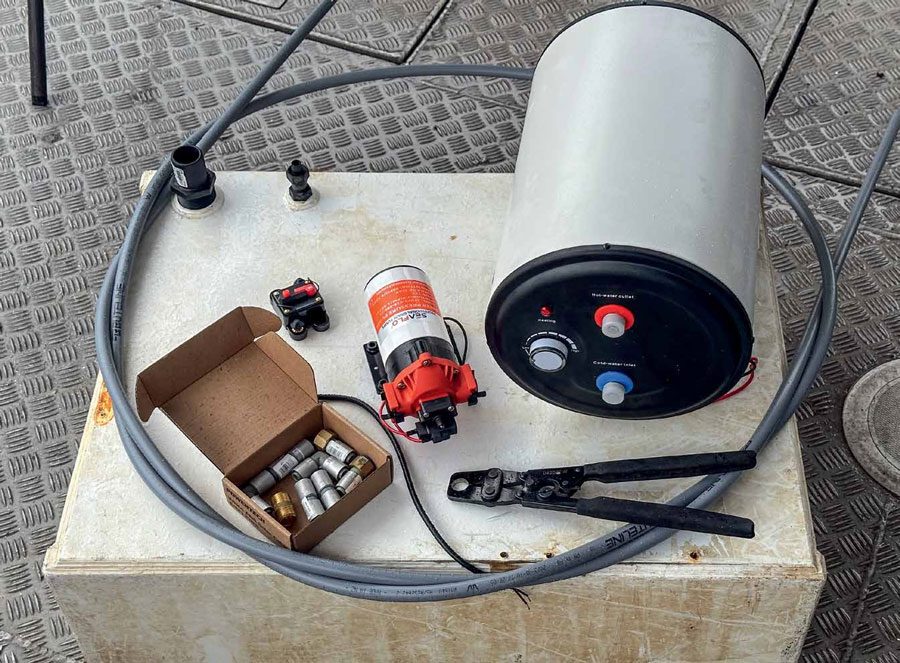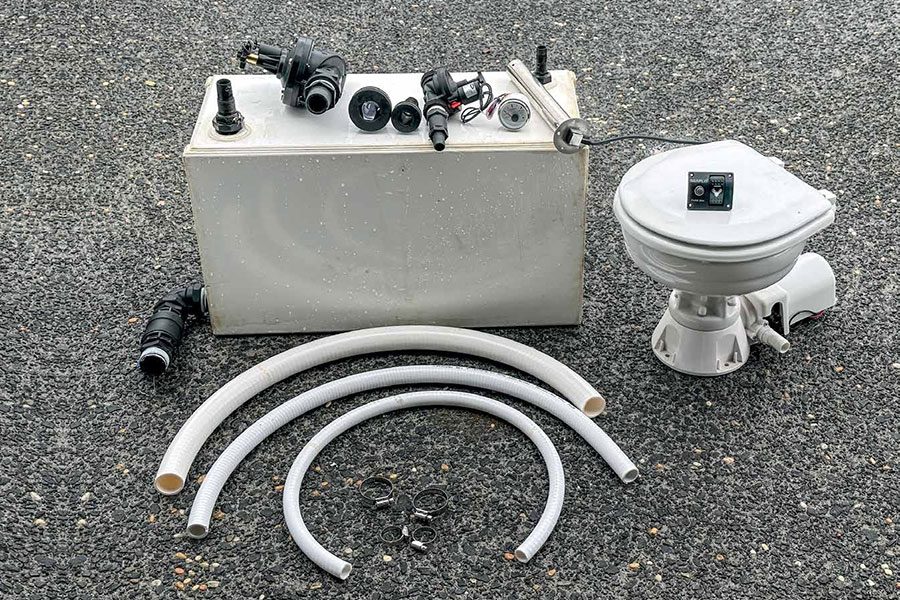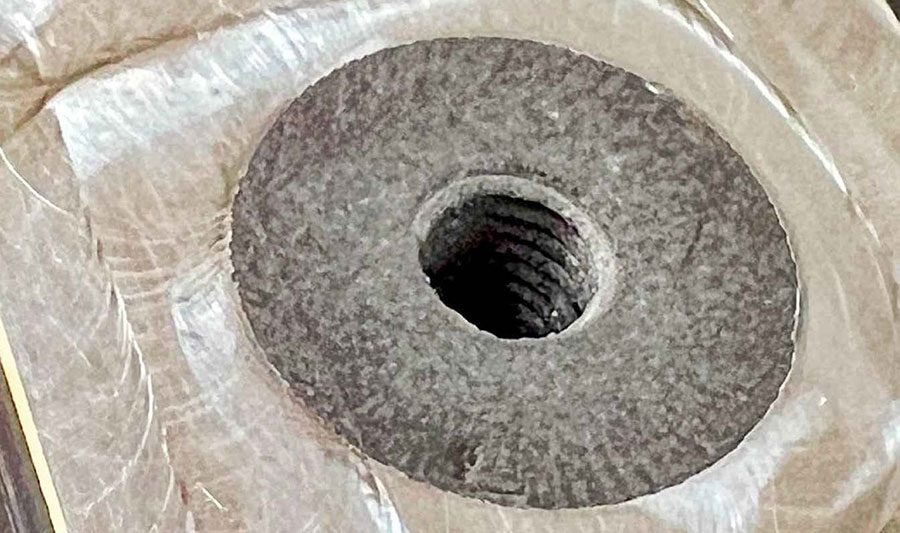

Epoxy and aluminium are not usually good bedfellows. Enter Belzona with its range of specialist products. Even stripped threads can be repaired.
One of the benefits of having an alloy boat is the ability to weld new pieces to it, to make modifications and to fit accessories that are as strong as the original construction. This allows major layout changes, even structural changes to the hull, without in any way reducing the overall integrity of the hull.
However, this is not always desirable or even feasible. The process of welding creates heat and sparks, which damage or destroy paintwork and plastic fittings. The current from the welder can fry electronics, and it is not always practical to remove or isolate every electrical device before starting to weld. Many boatyards prohibit welding on site without stringent health and safety protocols. And lastly, quality welding can be difficult on older aluminium with extensive corrosion.
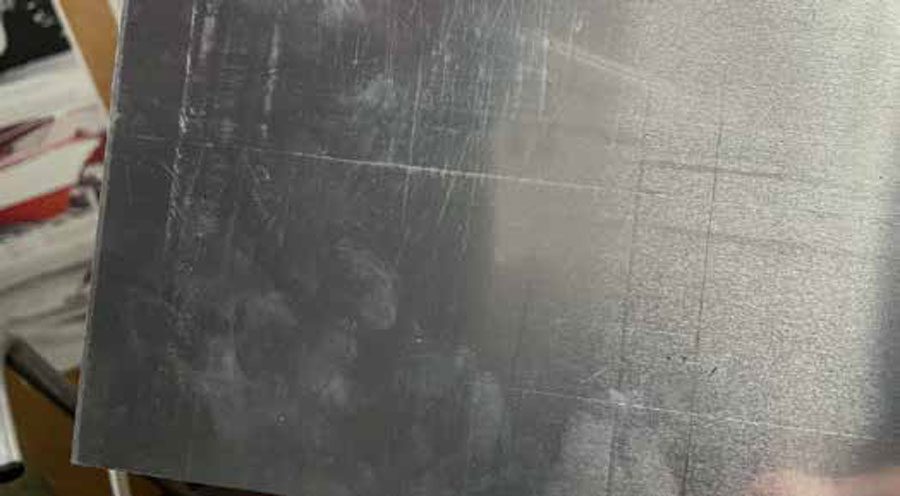

Apart from making specific structural changes to the hull, in many cases the full strength of a weld may not be needed. And in fact, there is one circumstance where welding produces a very poor result – laminating multiple thinner plates together. No matter how well these are welded, the gap between the plates will always be a source of galvanic corrosion. Trying to strengthen a hull with a second layer of metal will ultimately lead to quicker failure than would have been the case with just the single original plate.
The solution for most fibreglass and wooden boats is not in question – with the right preparation and appropriate materials, an epoxy join will be super-strong, long lasting and water resistant. However, epoxy is seldom a good option for aluminium. The adhesion is poor, surface preparation is difficult, and due to the material’s different expansion characteristics, the bond between the epoxy and the aluminium loosens over time. Finally, most epoxies are unable to withstand abrasion.

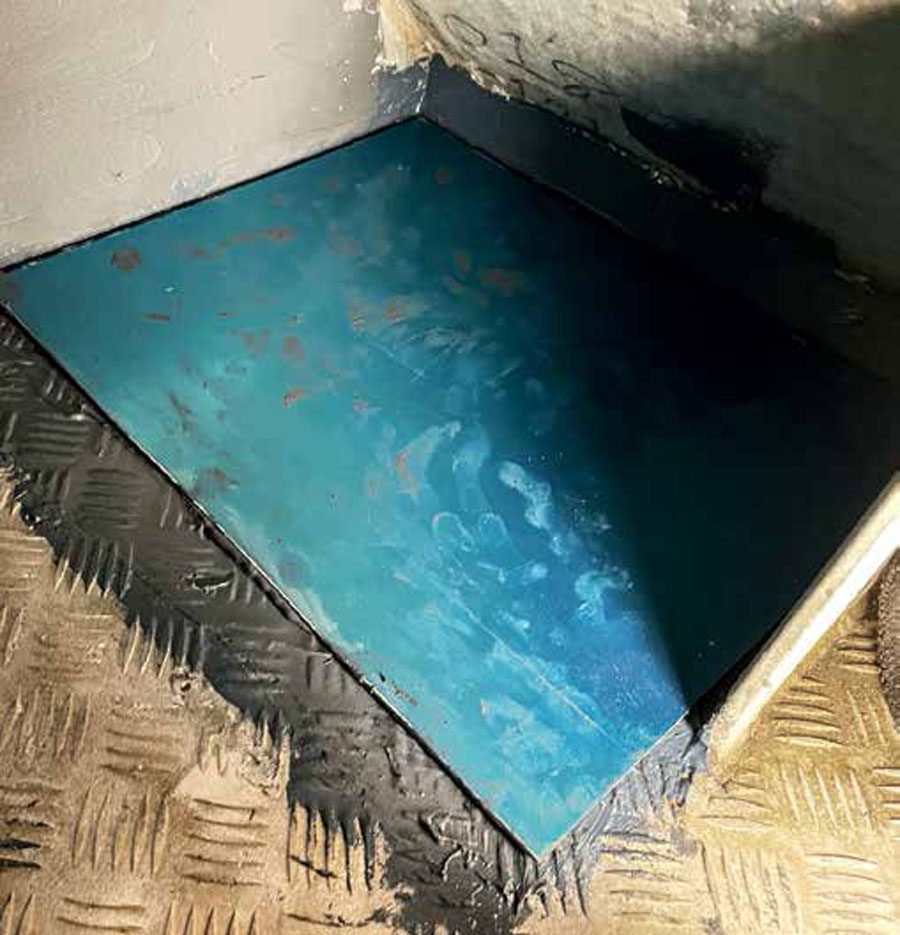
The great thing about technology, though, is how it is continuously evolving. Cutting-edge research and development have allowed specialist coatings and repair composites to push the envelope of polymer compounds to the point where these can be tailored to suit specific usages. These include waterproofing, corrosion prevention, chemical resistance, and abrasion resistance. And included in this are the specific requirements of adhesion to aluminium in the harsh marine environment.
One of the global leaders in the development of industrial coatings and composite materials is Belzona. Founded in 1952 by a Danish entrepreneur, it developed one of the first composite metal repair products that could be used instead of welding for steel and aluminium castings. Subsequently it has expanded its product range to cover a huge range of possible applications.
Belzona has quietly been making inroads into the New Zealand market through its local distributor Reptech, based in Penrose in Auckland. It was approached recently by one of the Coastguard units in Auckland to help solve a small but otherwise seemingly insurmountable problem, and we were invited to come and see how the product would be applied.
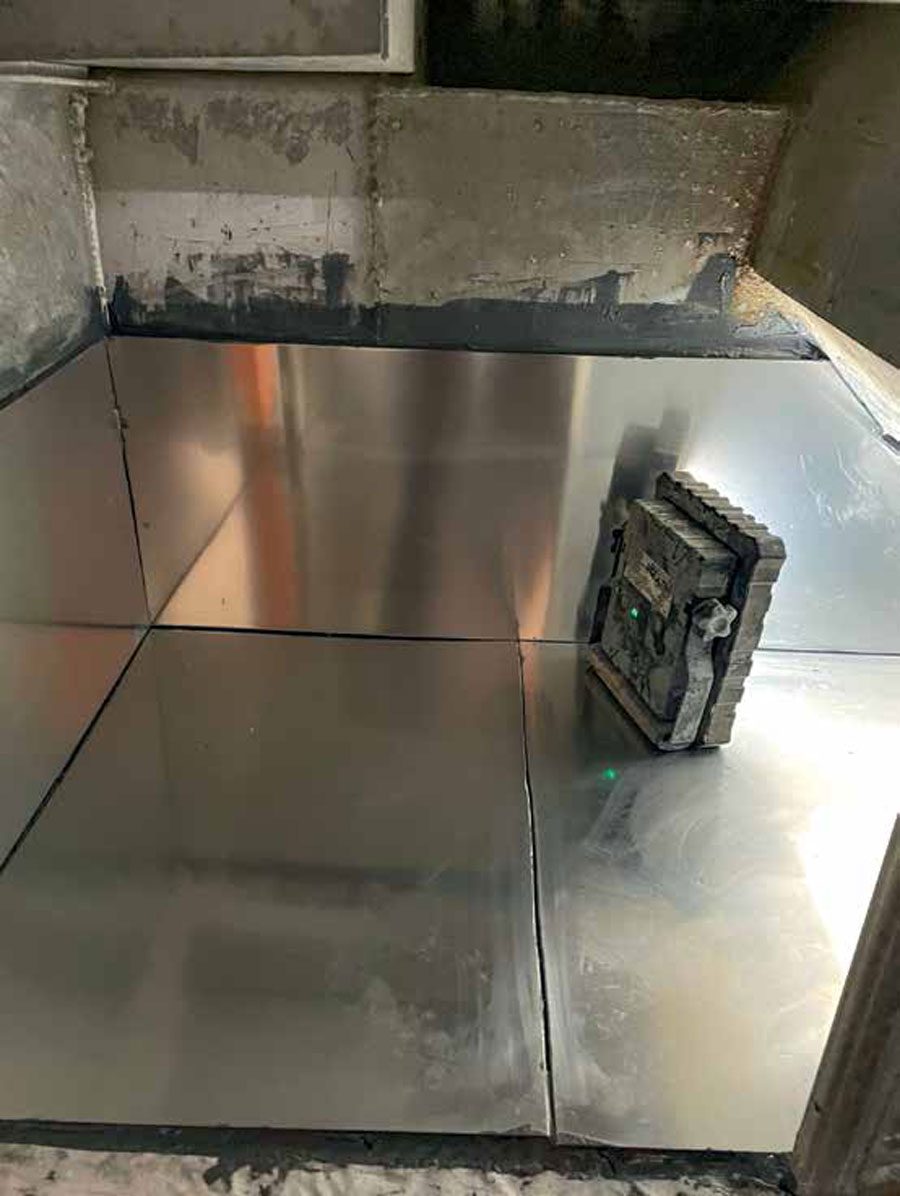

This Coastguard vessel has an enclosed locker in the aluminium transom that normally houses a mobile pump. Due to its location this locker is wet much of the time, so even the best paint coatings flaked off. Corrosion points were threatening to pinhole through the locker sides, leading to potentially more serious problems long before the vessel was due for a refit. It looked like the only option was a costly exercise to strip the hull, cut out the corroding plates and weld new pieces in. If this was a fibreglass or wooden vessel, it would be a simple day or two’s work to laminate a new panel on top of the original.
Enter Belzona 1321, a ceramic-filled composite coating that was formulated as a high-strength structural adhesive for metal bonding. This solvent-free composite material has an extremely high tensile shear strength, and a surface hardness that far exceeds that of the aluminium itself. It provides long-term erosion and corrosion protection, has massive compressive strength, and can be used for laminating or bonding metal surfaces together. Its expansion coefficient is almost identical to aluminium and its adhesion strength to properly prepared aluminium is more than triple that of Araldite, often regarded as one of the ‘best’ commercial epoxies.
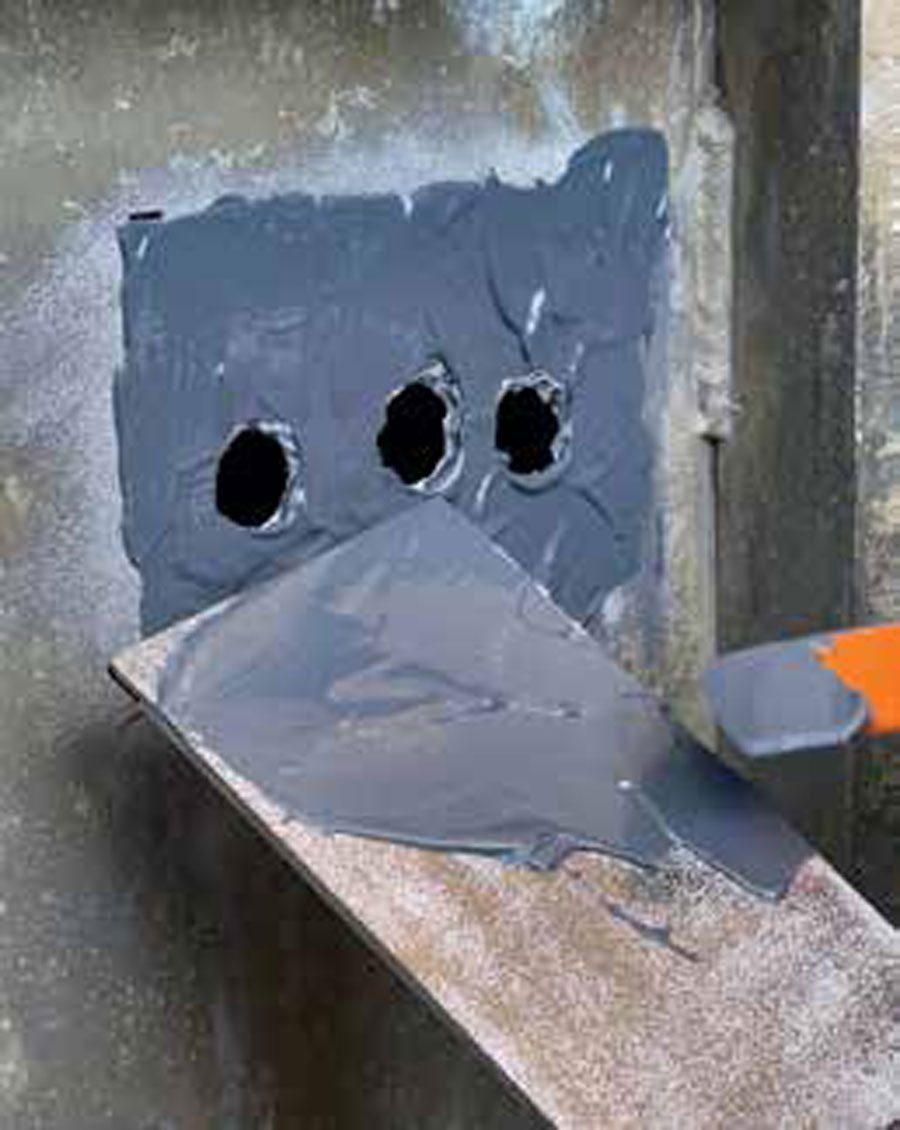
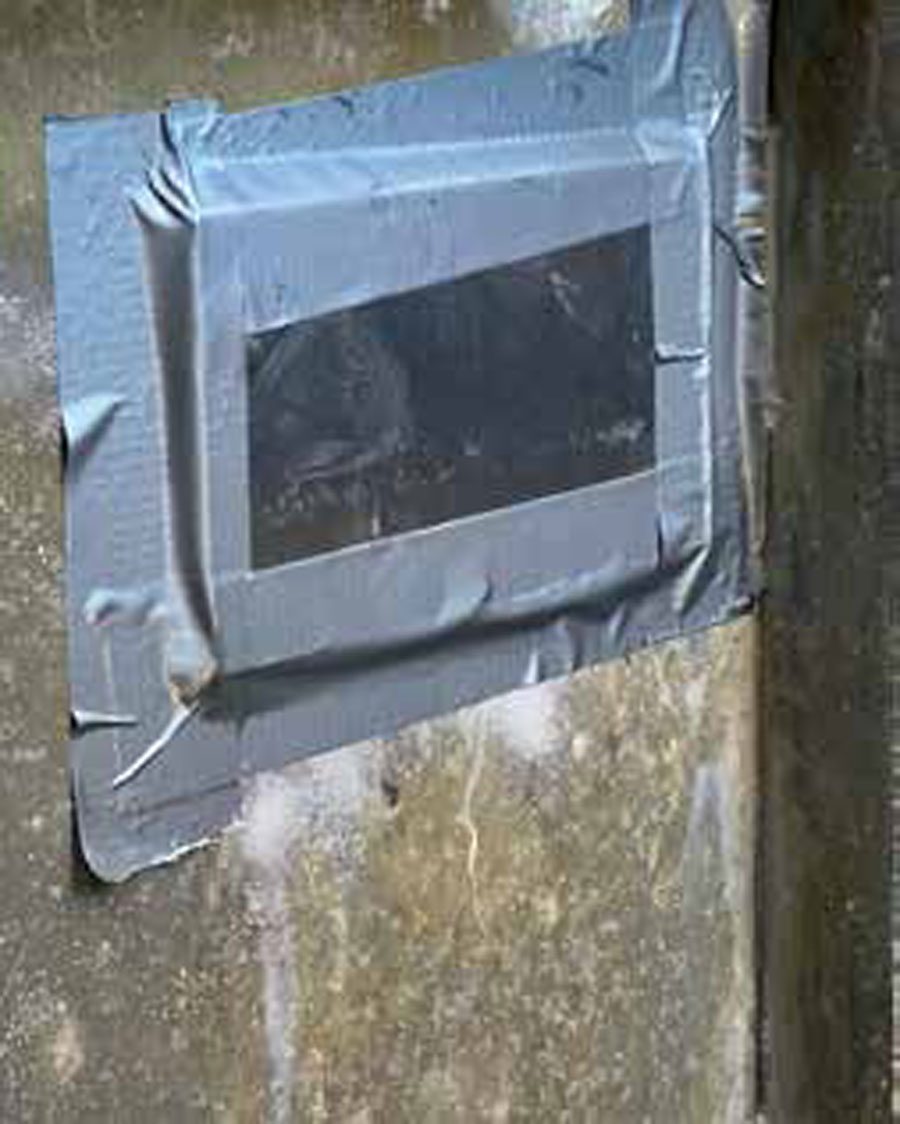
For the Coastguard application, separate pieces of aluminium were cut to size to line the inside of the locker. First the surfaces of the locker and plates were carefully flushed with Salt-Away and a degreaser, then all surfaces were abraded using an MBX bristle blaster. This device looks like a modified angle grinder with a wire brush attachment and produces a similar cleaning effect to sandblasting without creating the dust. More importantly, the needle ends of the brush create what is called an ‘anchor profile’ that maximises adhesion and enables the Belzona to create a good molecular weld. Finally, the surface was again carefully degreased using a residue-free degreaser product.
Next the Belzona 1321 was mixed up and a thick layer applied to the inside surfaces of the locker, carefully filling up the pits in the surface first. The undersides of the plates were ‘buttered’ with more product and then carefully bedded in place, ensuring there was absolutely no air trapped behind them. For bigger plates, one or more extrusion holes could be made in the middle of the plate to ensure an even layer of the laminating compound.
Once all the plates were in place, the edges were filled and rounded to ensure there were no recesses where water could collect. The clean-up of excess Belzona was done immediately, since it is almost impossible to remove once set.
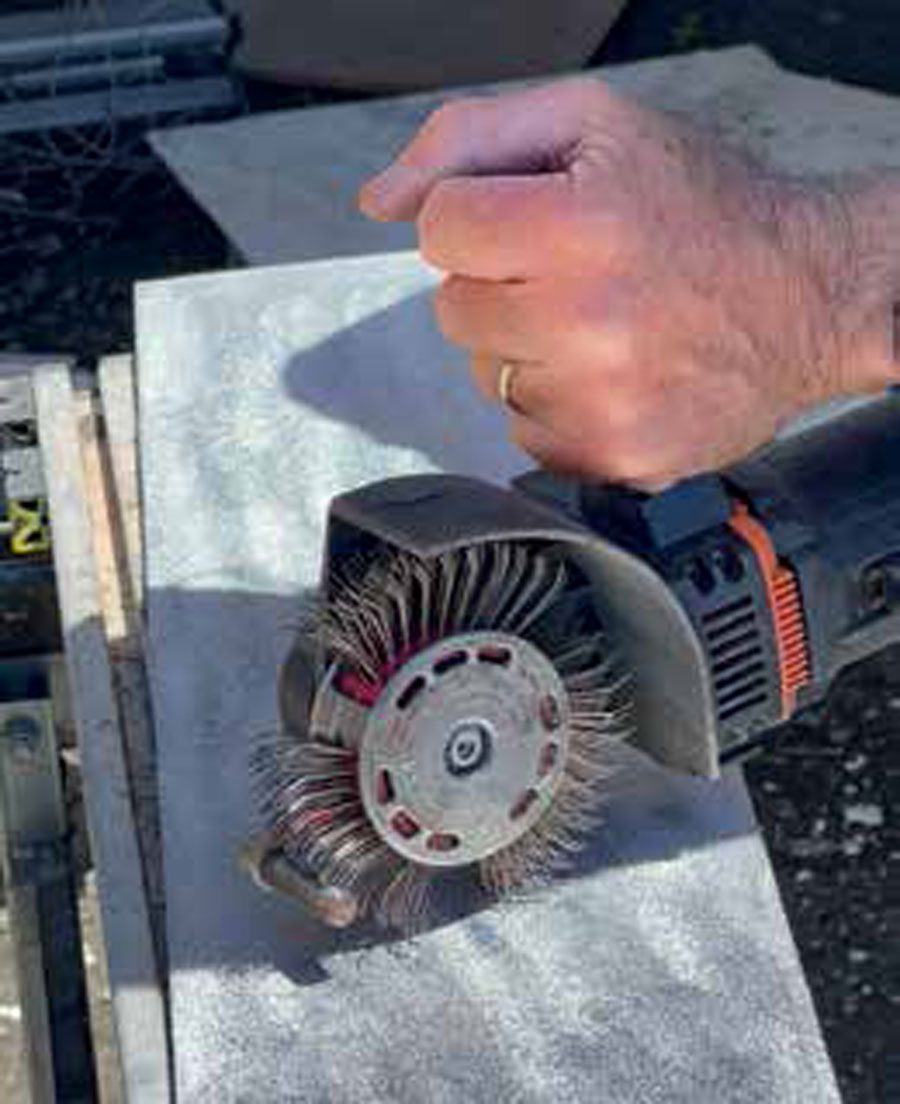
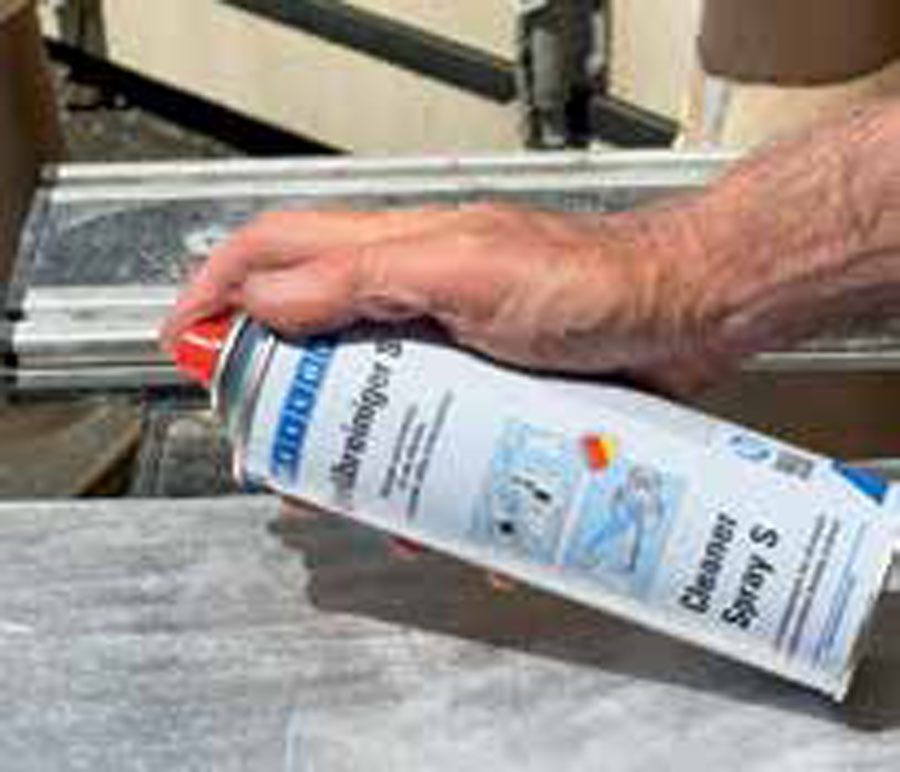
We were given some samples of the product to use on Divecat and I quickly found three application areas. In one spot the base plate of the hull had evidence of previous repairs. Since this location was going to be hidden under the repositioned fuel tank, we wanted to make sure there were no future problems in an inaccessible area. Here we used Belzona to laminate a secondary aluminium plate over the whole area using an almost identical technique to the Coastguard solution.
In another spot one of the watertight bulkheads had some corrosion where steel fittings had passed through the aluminium bulkhead. Since we no longer needed these holes, we could simply patch over the whole area, but the corrosion had left a rough surface that would have been hard to weld. Instead, we used the MBX bristle blaster to abrade it down to clean metal, degreased the surface and then applied a thick layer of Belzona 1321 to laminate a small plate over the area. Due to the vertical surface, we temporarily held the repair in place with duct tape and ensured product could not ooze out the bottom.
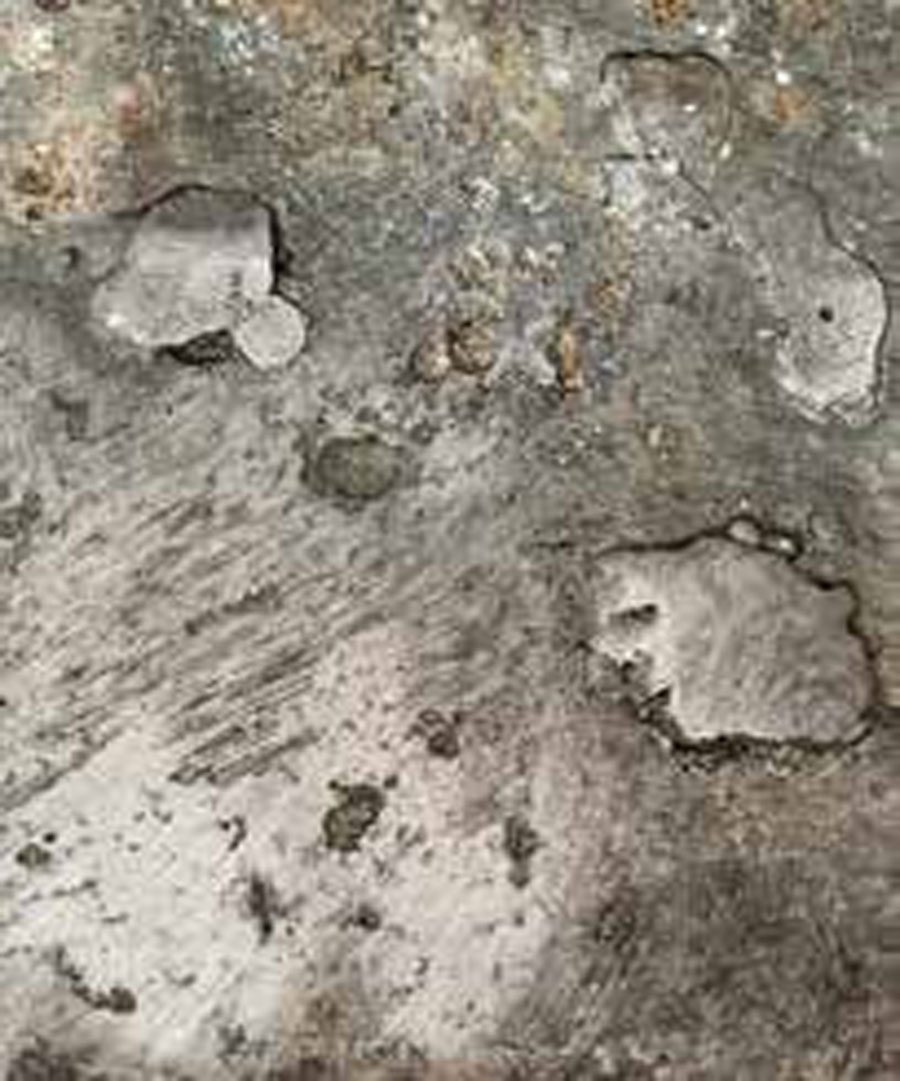
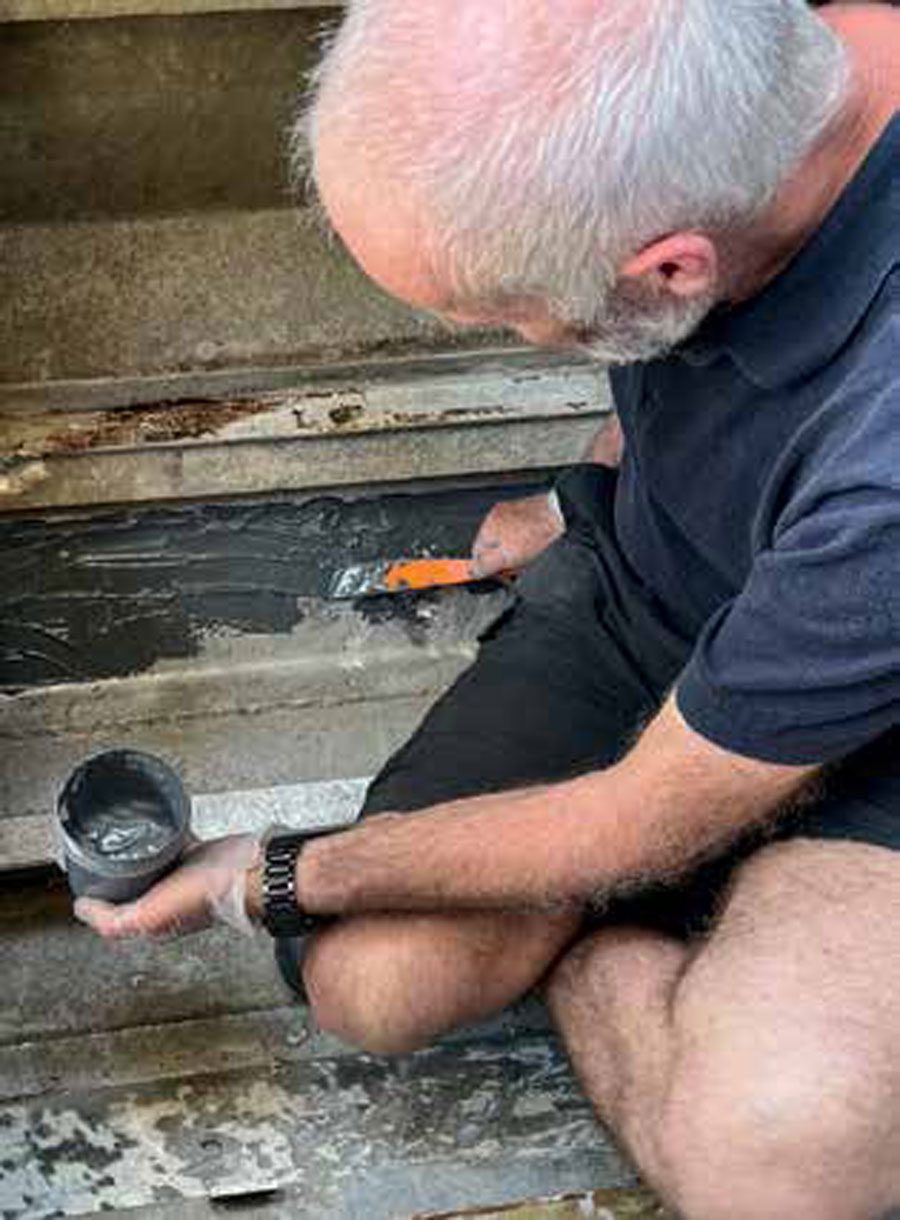
The third application was fitting a new watertight bulkhead between two hull compartments. The major problem here was closing off the small water channels that were created where the frame meets the stringers. These would have been just about impossible to weld due to their location, and welding would have damaged paint on the outside of the hull. However, it was a relatively trivial job to cut small triangles of aluminium and ‘glue’ these in place over the holes. After, of course, the appropriate preparation with the Salt-Away, degreaser and the MBX bristle blaster.
Belzona has a wide range of products to suit many applications, and our final problem was what the original best-selling Belzona product was designed for – an in-situ repair of a metal casting. In this case we had managed to crack a bolt mounting hole on the aluminium cylinder head of one of the replacement outboards. Dismantling the engine for repair or replacement would have been complex and expensive. However, this bolt hole does not take much structural load (it merely holds the plastic camshaft cover in place), nor does it get particularly hot.
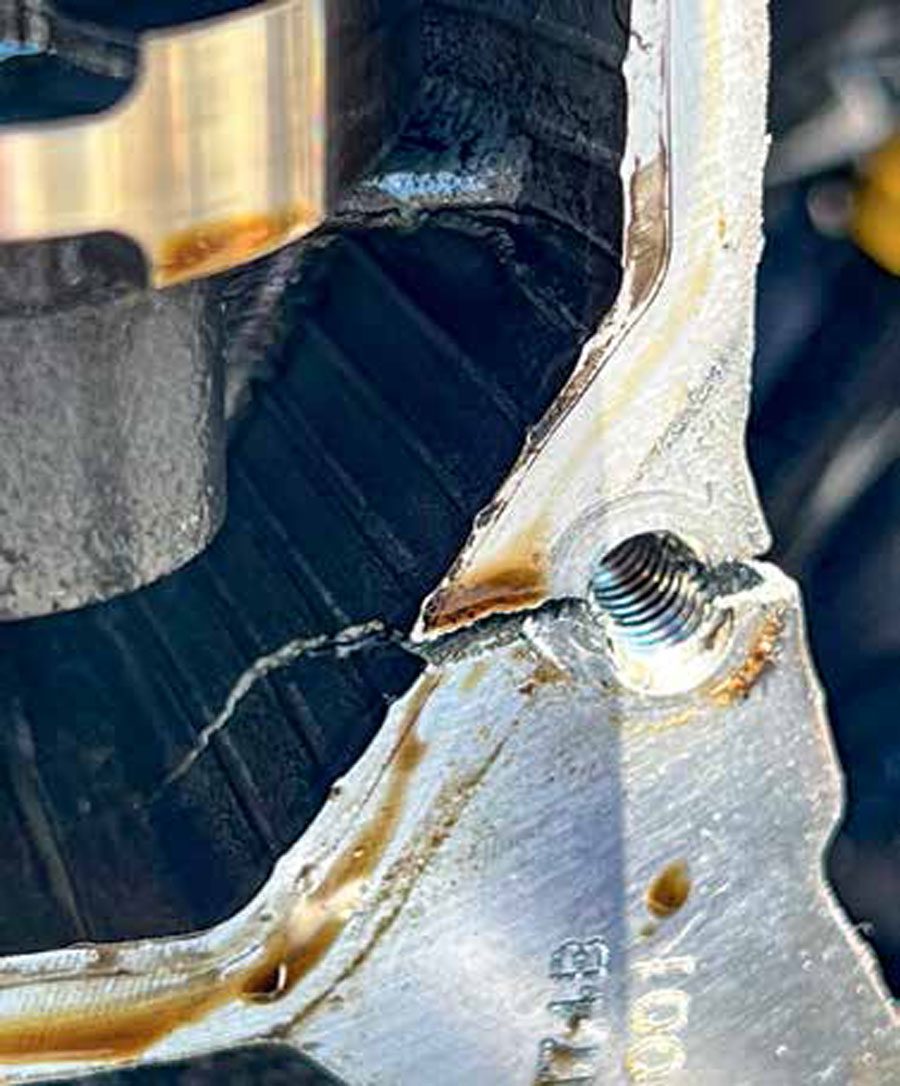
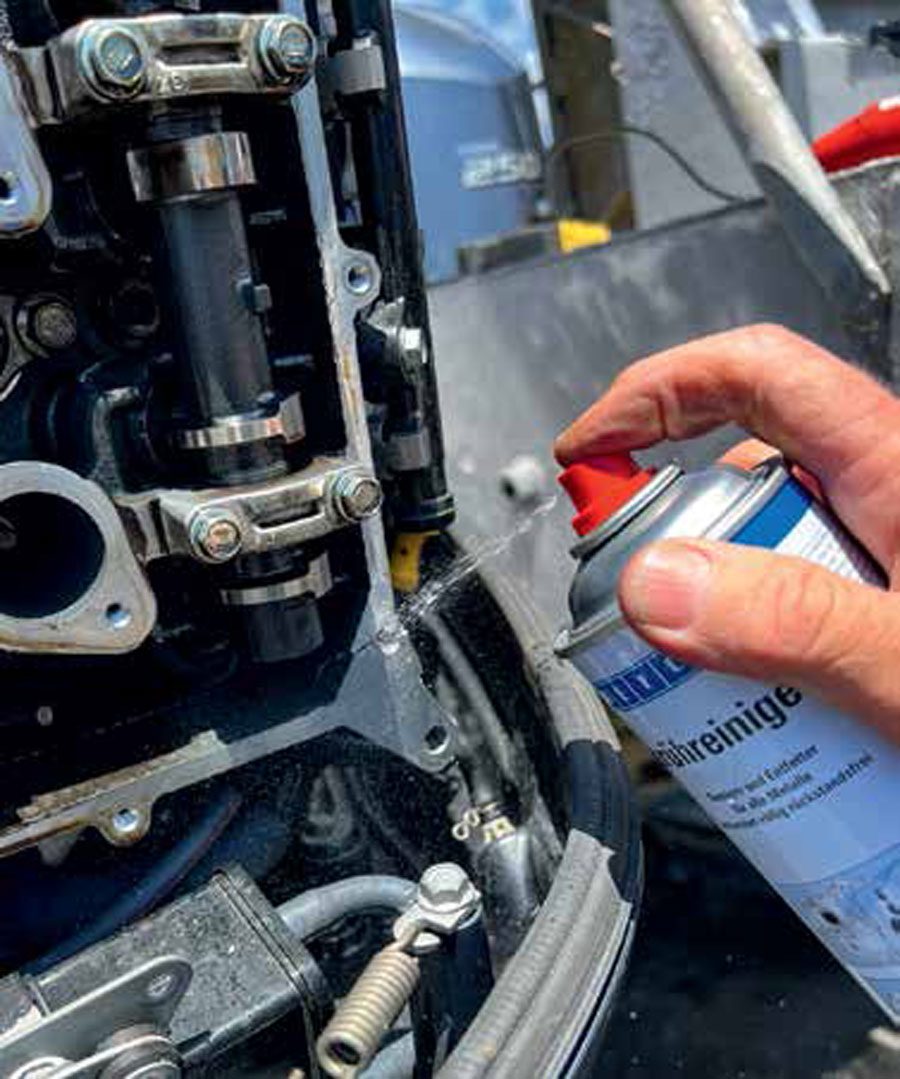
The complication was that no matter how well we cleaned it there was likely to be some oil still in the crack, and hence we needed a solution that was tolerant of oil-contaminated surface. Belzona 1212, specified for pit-filling and repair of oil and fluid leaks on storage tanks, engines and gearboxes, was the product to use. It also typically does not require such intense surface preparation, and a wire brush or mechanical abrasion is sufficient. Lastly, it also can be applied underwater.
We prepared the repair location using the degreaser as best we could, then used a Dremmel tool to wire-brush the surfaces. We pre-coated the bolt with a wax-based release agent. Then we mixed and applied the 1212 all around and into the crack. Working quickly before it hardened, we re-located the cover and tightened the bolt down to normal tension, before leaving it to fully set. The final product proved completely solid, was oil-tight and, importantly, the bolt could still be removed for future service.
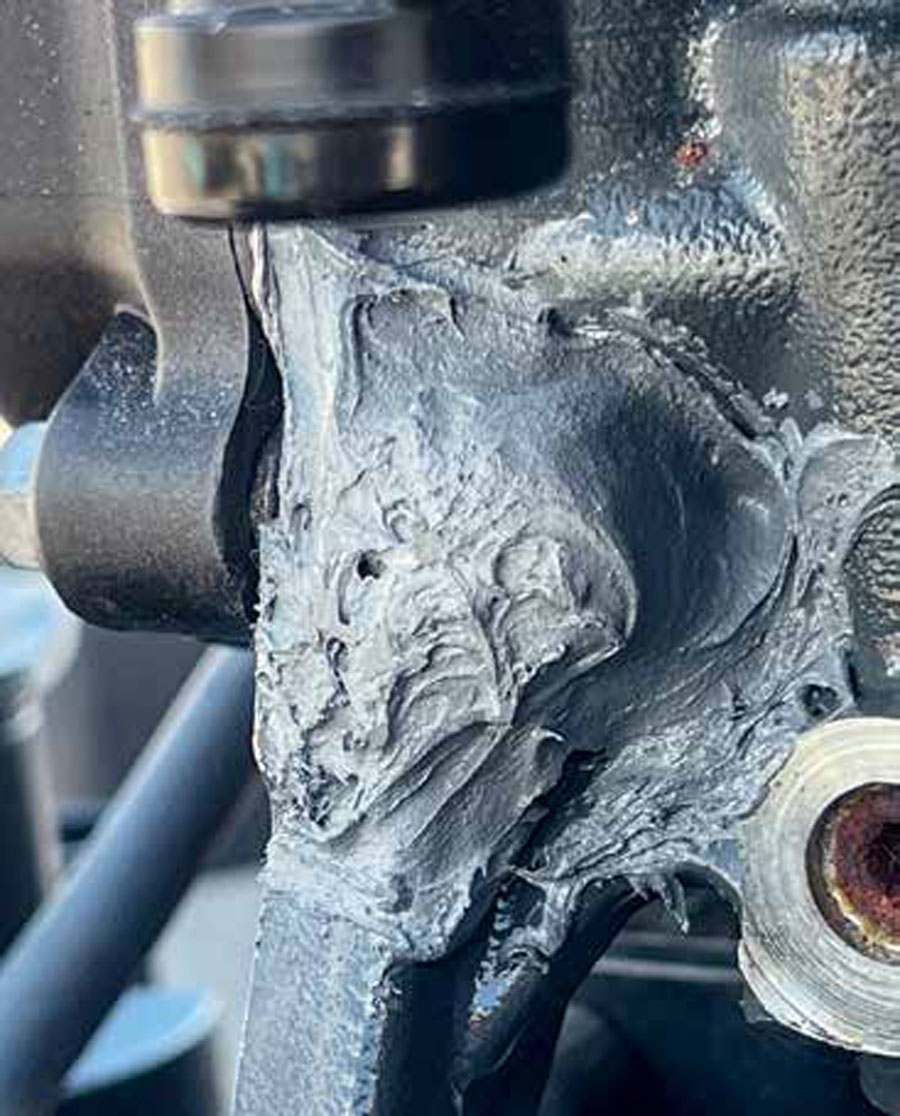
It is amazing quite how far composite materials have evolved over the years, and seemingly there is no ‘sticky’ problem that cannot be solved. Because every situation is different these are not products that you simply buy in the big-box stores, but instead should get specialist advice first. BNZ



